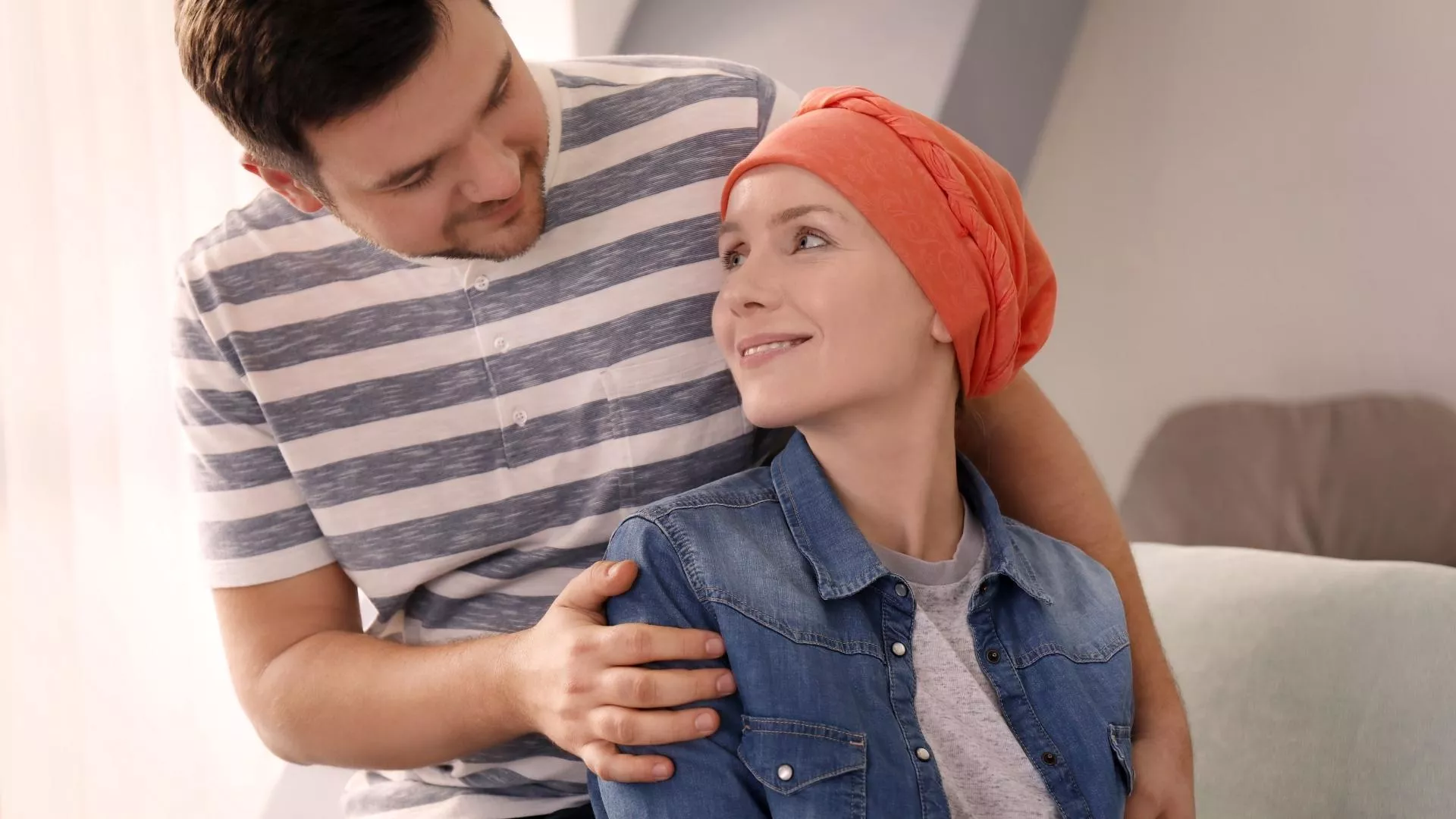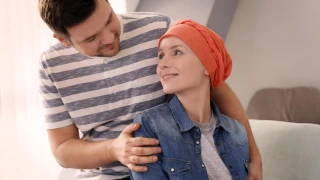
All About Cancer and Cancer Treatment
- All About Cancer and Cancer Treatment
- When and how does pain begin and how does it progress in cancer patients? Do all types of cancer have the same type of pain or is the pain the same intensity?
- What is done in the treatment of cancer pain?
- Are there any side effects of pain relievers?
- What is breakthrough pain?
- What else can be done in addition to drug therapy for pain in cancer disease?
When and how does pain begin and how does it progress in cancer patients? Do all types of cancer have the same type of pain or is the pain the same intensity?
Although cancer itself is life threatening, as you have stated, the most important complaint is pain. Patients go to the doctor with complaints such as pain, loss of appetite, weight loss, nausea, vomiting, constipation, dizziness, changes in consciousness. For this reason, the pain usually starts before the diagnosis of cancer is made (in tumors such as pancreatic cancer, head and neck tumors, pain is observed in the early period) and the patient comes to the physician saying that he has pain. However, after the diagnosis and treatment is started, pain is seen, especially in advanced stage cancers, severe pain is seen. In other words, pain can be seen due to cancer itself or surgery-chemotherapy-radiotherapy or both.
Since cancer pain originates from different tissues and organs, it appears in different types, and its severity varies according to the place of involvement.
What is done in the treatment of cancer pain?
The treatment of cancer pain is done in a plan according to the stage of the cancer and in the form of step treatment. First of all, drug treatment is considered, many drugs can be given, from simple pain relievers to strong narcotic drugs such as morphine derivatives, and auxiliary drugs such as antidepressants and anticonvulsants. The drugs given should be taken on time, just like taking antibiotics, otherwise the expected and desired benefit cannot be obtained. In other words, the pain is not expected to come to take the pain medication, it is taken when the time comes. However, since the doses of drugs given in the following days and weeks will not be sufficient, the doses will be gradually increased according to the need. Increasing drug doses will cause some undesirable and distressing side effects; nausea, vomiting, dry mouth, stomach bleeding, constipation, rash, itching, rash, confusion, loss of consciousness and respiratory depression are the most common ones. In this case, it will be necessary to wear nerve blocks and pain pumps to prevent these side effects and to better control the pain. Pain pumps are special devices that are attached to the patient with a minor surgical operation, that provide minimal doses of painkillers to be administered continuously for 24 hours, and that almost completely control the pain. It should not be forgotten that cancer patients do not have to suffer.
Are there any side effects of pain relievers?
When NSAIDs are used for a long time, they can cause heartburn, burning, bleeding and ulcers. In addition, since they can cause serious damage to the liver and kidney, the condition of the liver and kidney should be checked by having blood tests at regular intervals. Therefore, in long-term use, a combined pain relief regimen should be established by including narcotic drugs in the treatment. Otherwise, undesirable side effects that can reach organ failure will be inevitable.
Opioids can cause drowsiness, drowsiness, confusion, balance disorder, respiratory depression, constipation, nausea, vomiting, hallucinations.
What is breakthrough pain?
In some patients who are taking narcotic drug therapy for advanced cancer pain, severe pain attacks that can last for minutes or sometimes an hour or two during the day. In cancer patients who spend the day comfortably and painlessly, the occasional short-term attacks are called breakthrough pain. As soon as these pain attacks occur, additional fast-acting narcotic drugs are given.
What else can be done in addition to drug therapy for pain in cancer disease?
Especially in patients with advanced cancer, if the pain is severe despite high doses of drugs,
- Neurolytic nerve blocks
- Pain pumps
- Ozone therapy
- Glutathione and high-dose vitamin C
It should not be forgotten that cancer patients do not have to suffer!


